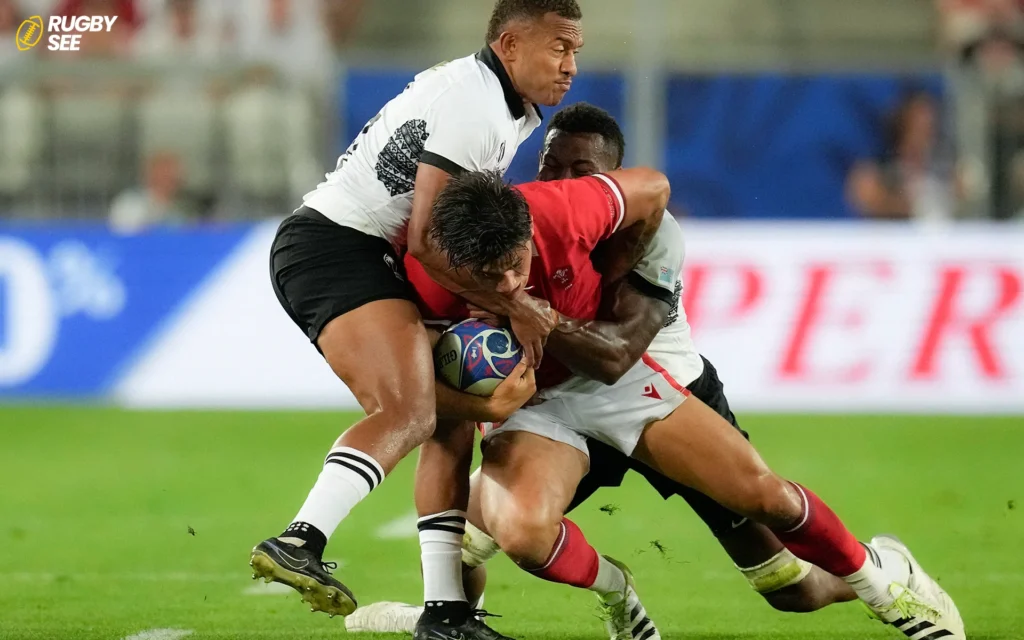Rugby League, a sport that has become synonymous with fierce competition, athleticism, and community spirit, underwent a significant transformation in Australia at the turn of the 20th century. This transformation was not just about a change in rules or play style but about a shift towards professionalism that would forever change the landscape of the sport in Australia. The journey towards professional rugby league in Australia is a fascinating story of evolution, passion, and the pursuit of a more equitable game for players.
The Birth of Rugby League in Australia
Rugby League made its way to Australia in the late 19th century, initially as rugby union, a sport that was played by amateurs who were not paid for their participation. This amateur status was a point of contention, as it restricted many working-class players who could not afford to take time off work to play. The push for professionalism in rugby began as a movement toward compensating players for their time and loss of earnings due to the game, a concept that was gaining traction in England.
The pivotal year was 1908, marking the official birth of professional rugby league in Australia. This year saw the formation of the New South Wales Rugby League (NSWRL), the first governing body dedicated to overseeing a professional rugby league competition. The establishment of the NSWRL was largely inspired by developments in England, where the Northern Rugby Football Union (later the Rugby Football League) had broken away from the amateur rugby union to form a professional league in 1895.
The First Professional Season
The inaugural season of the professional rugby league in Australia kicked off in April 1908. Eight teams competed in this historic competition, which not only showcased the players’ skills but also symbolized a new era of professional sports in Australia. The teams were Glebe, Newtown, Cumberland, Western Suburbs, Eastern Suburbs, Balmain, North Sydney, and South Sydney. This season was more than just a series of games; it was a statement against the amateur constraints of rugby union and a move towards recognizing the rights and efforts of players.

Impact of Professionalism
The professionalization of rugby league in Australia had a profound impact on the sport and its players. It allowed players to be compensated for their time and effort, enabling them to commit more fully to the sport without the financial burdens that previously came with playing at an elite level. This shift also led to an increase in the sport’s popularity, as more players were able to participate, and fans were drawn to the increasing competitiveness and professionalism of the matches.
Professionalism brought with it a new level of strategy, training, and commitment to the sport. Teams began to employ coaches, and players underwent more rigorous training regimes. The game’s physicality and speed increased, making it more exciting for spectators and demanding for players.
Challenges and Evolution
The transition to professionalism was not without its challenges. There were disputes over player payments, club sustainability, and competition with rugby union for players and fans. Despite these hurdles, rugby league continued to grow in popularity and professionalism, expanding beyond New South Wales to other parts of Australia and eventually establishing the National Rugby League (NRL) as the premier competition in the country.
The NRL, formed from a merger of the Australian Rugby League (ARL) and the Super League in 1998, represents the pinnacle of professional rugby league in Australia, featuring teams from across the country and New Zealand. It is a testament to the enduring appeal and evolving nature of professional rugby league in Australia.

The evolution of professional rugby league in Australia from its foundational years to the present day is a narrative marked by significant milestones, challenges, and triumphs. As we delve deeper into this journey, it becomes evident that the professionalization of the sport was just the beginning of a broader transformation that would influence not only the way the game was played but also how it was perceived by fans, the media, and the broader Australian society and if you want to know about Touchdowns in Rugby read Does Rugby Have Touchdowns? A Simple Guide to Understanding Rugby Scoring.
Expansion and Growth
Following its professional inception in 1908, rugby league in Australia witnessed a rapid expansion. The sport quickly spread beyond the confines of Sydney, establishing strongholds in Queensland and other regions. This geographical expansion was paralleled by an increase in the number of teams and the development of a robust competition structure, laying the groundwork for the national competition that the National Rugby League (NRL) is today.
The War Years and Beyond
The impact of the two World Wars on Australian society was profound, and rugby league was no exception. The sport faced numerous challenges during these periods, including player shortages and financial difficulties. However, rugby league demonstrated remarkable resilience, with competitions continuing in some form throughout these turbulent times. The post-war years were characterized by a resurgence in the sport’s popularity, with record crowds and a growing profile.
The Super League War
One of the most significant challenges to the professional rugby league in Australia occurred in the mid-1990s with the Super League War. This conflict, rooted in a battle for broadcasting rights and control of the sport, saw the rugby league community divided between the traditional Australian Rugby League (ARL) and the Rupert Murdoch-backed Super League. The resolution of this dispute through the formation of the unified National Rugby League (NRL) in 1998 marked a new era for the sport, promising greater stability and a platform for future growth.
The Modern NRL Era
The NRL has since become one of the most prestigious and competitive rugby league competitions in the world. It has successfully navigated the challenges of professional sports, including maintaining player welfare, adapting to technological advancements, and expanding its fan base. The introduction of the Melbourne Storm in 1998 and the inclusion of the New Zealand Warriors have further nationalized and internationalized the competition.

Player Welfare and Community Engagement
In recent years, the focus on player welfare has intensified, with the NRL implementing comprehensive policies and programs to address physical and mental health, career education, and post-career transition for players. This focus extends to broader community engagement, with teams and players actively involved in charitable work, youth development programs, and initiatives to promote inclusivity and diversity within the sport and if you want to know about Rugby Players Height read Are Rugby Players Short? Debunking the Myth.
The professionalization of rugby league in Australia in 1908 was a landmark moment that set the stage for the sport’s development over the next century. It was a shift that recognized the value of the players and the potential of the sport to captivate and entertain. Today, professional rugby league in Australia is not just a sport; it’s a cultural phenomenon that brings together communities, fosters national pride, and continues to inspire young athletes across the country. The legacy of those early days of professionalism lives on, as the game continues to evolve and thrive on the national and international stages.










